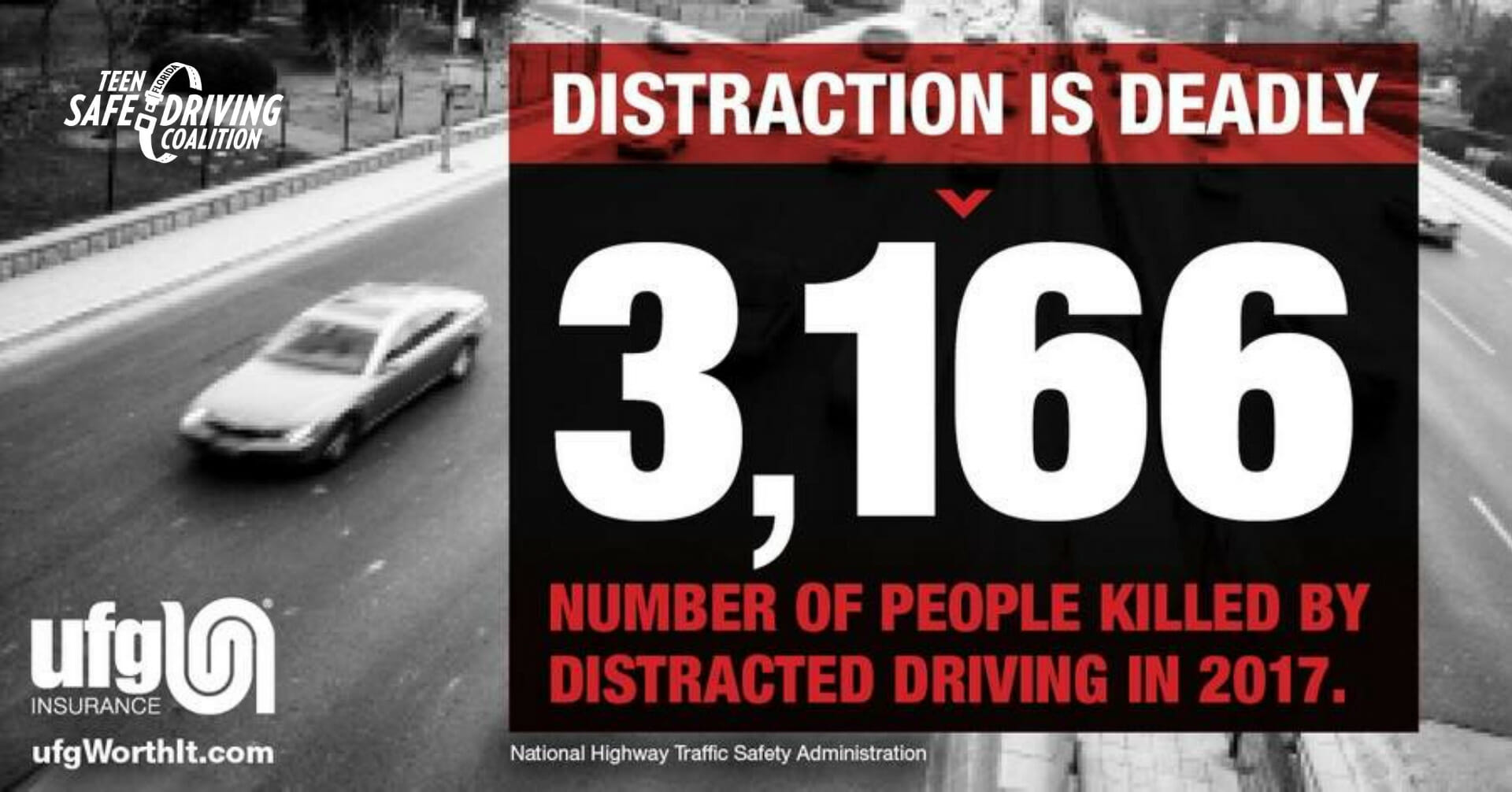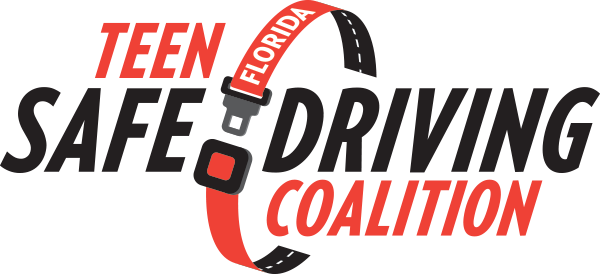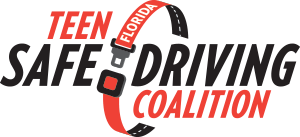
9 Signs You Could Be A Distracted Driver
With April designated Distracted Driving Awareness Month by the National Safety Council (NSC), it’s an ideal opportunity to learn more about the causes of this growing epidemic—one that’s taking the lives of at least 63 Americans each week, according to the NSC.
When you hear “distracted driving,” texting is usually what comes to mind. But in today’s age of multitasking, driving distracted means far more than simply texting. If you can identify with any of these statements, you are driving distracted.
1. You keep your phone on the passenger’s seat while you drive.
2. You often eat while driving.
3. You talk on your phone while you drive.
4. You use a hands-free in-dash system.
5. You adjust your GPS system during your drive.
6. You find yourself going over the events of your day on your drive home from work.
7. You are quick to attend your child in the backseat while you drive.
8. You’ve been known to do a quick makeup or hair touch-up when you are in slow stop-and-go traffic.
9. You like to have a lot of other people in the car because it keeps you from being distracted by your phone.

All of the above statements involve at least one type of distraction. According to Dr. Daniel McGehee, director of the National Advanced Driving Simulator (NADS) in the University of Iowa’s College of Engineering, there are three types of distracted driving: visual, manual and cognitive.
Visual distraction occurs when drivers take their eyes off of the road. Whether it’s glancing at your phone on the passenger seat, checking the GPS screen for directions, or even turning around to check on your child in the backseat.
Manual distraction involves taking your hands off of the wheel and often happens along with visual distraction—eating, changing the settings on an infotainment system, inputting an address into a GPS, or putting on makeup.
Cognitive distraction is usually thought of as simply daydreaming, but the increase in crashes can likely be attributed to hands-free devices such as Bluetooth®, and text-to-type apps.
These take your mind off the drive as you talk with someone other than a passenger in the car. And having passengers in your car is not always the safe option either. This is the case for teenagers in particular. In fact, according to the NSC, having other teenage passengers in a vehicle is one of the biggest distractions for teenage drivers.
“Driver attention and attention in general is very much like a spotlight and that is that we shift that spotlight back and forth very quickly,” says McGehee. “Many of us think that we can multitask and do two things at the same time, but in reality we’re shifting our attention very quickly back and forth and that’s when we start to get errors is in between shifting the spotlight to our cell phone or to the infotainment system or to the radio to the roadway and back and forth; those are the areas where we have difficulty.”
What can be done to fight the growing epidemic of distracted driving? Simply be prepared. Take care of any likely distractions before your trip: eat before or plan to eat after you arrive, locate directions on a GPS, adjust any in-dash infotainment settings and locate necessities like sunglasses to eliminate the need to take your hands off of the wheel.
Once you’re ready, put your phone in the glove box or turn it off completely.
Also consider utilizing the Do Not Disturb function on your cell phone, or download an app that shuts your phone down automatically when it senses movement
While distraction behind the wheel is not a new concept, with awareness and preparation, we can work to reduce those distractions and increase our chances of arriving at our destination safely. For more information about distracted driving, including an online distracted driving pledge form, visit ufgworthit.com.
Original Article Source: https://www.thegazette.com/sponsored/iowa-april-signs-distracted-driving-awareness-month-ufg-04242019

